Home>Ideas and Tips>Organized Entryways With Mudroom Marvels
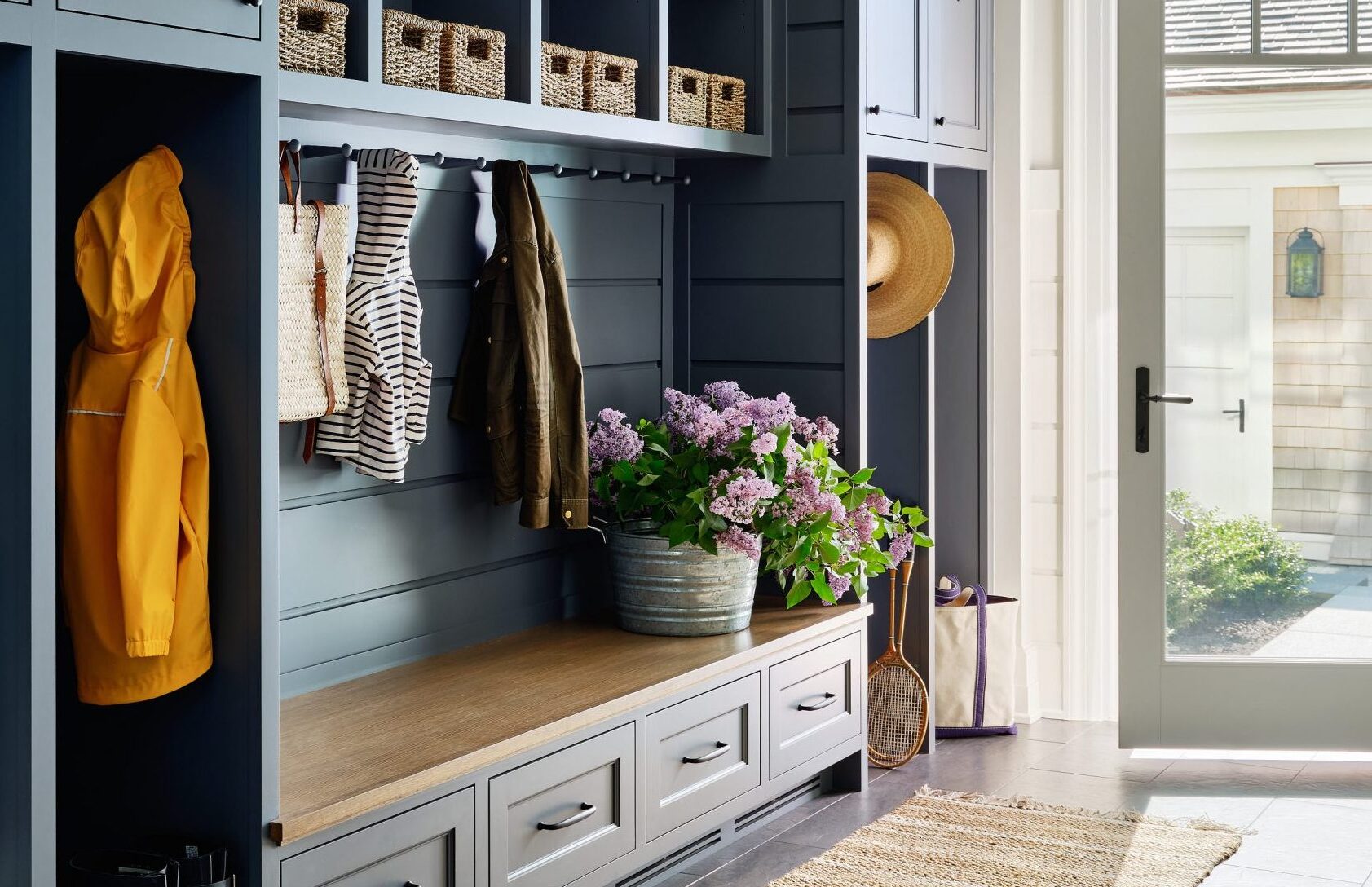

Ideas and Tips
Organized Entryways With Mudroom Marvels
Modified: October 27, 2024
Transform your entryway into an organized marvel with creative storage solutions and design tips, even without a dedicated mudroom.
(Many of the links in this article redirect to a specific reviewed product. Your purchase of these products through affiliate links helps to generate commission for Storables.com, at no extra cost. Learn more)
When it comes to creating an organized and functional entryway, especially in homes without a dedicated mudroom, the challenge lies in maximizing space while maintaining a sense of style and functionality. In this article, we will explore various strategies and design elements that can transform your entryway into a marvel of organization, even without the luxury of a dedicated mudroom.
The Importance of Entryway Organization
The entryway is often the first impression of your home, and it sets the tone for the rest of the space. However, it can quickly become chaotic with cluttered shoes, coats, and accessories. Effective entryway organization not only keeps your home tidy but also adds to its aesthetic appeal. Here are some key reasons why organizing your entryway is crucial:
- Reduced Clutter: By having designated spaces for items like shoes, coats, and accessories, you can keep them off the floor and out of sight.
- Enhanced Aesthetics: A well-organized entryway looks more polished and inviting.
- Increased Functionality: Proper storage solutions make it easier to manage daily activities like removing shoes or hanging jackets.
- Improved Safety: Keeping the floor clear reduces tripping hazards and makes the space safer for everyone.
Read more: Mudroom Marvels: Organized Entryways
Small Space Solutions
For those living in small spaces or apartments without a dedicated mudroom, finding creative solutions is essential. Here are some innovative ideas:
-
Utilize Vertical Space:
- Hooks: Install hooks on the wall or door for hanging jackets, hats, and bags. Hooks can be simple or decorative, adding a touch of style to your entryway.
- Shelves: Add floating shelves or built-in storage units above the bench for storing items like gardening supplies or out-of-season accessories.
-
Multi-Functional Furniture:
- Entry Benches: A bench with storage underneath can serve as a drop zone for shoes and keys while providing a place to sit.
- Storage Units: Consider one-piece units that combine hooks for coats and hats with a bench and shoe storage underneath. These units are perfect for small spaces and can be placed near any door.
-
Repurposed Storage:
- Lockers: Repurposed lockers can make for chic and organized storage spaces. They can be used to store items like shoes, accessories, or even cleaning supplies.
- Cabinets: Antique pine cabinets or whimsically painted washstands can add both functionality and charm to your entryway.
Designing Your Entryway
When designing an entryway without a mudroom, it's crucial to strike a balance between form and function. Here are some design tips:
-
Choose Durable Materials:
- For walls and floors in high-traffic areas like entryways and mudrooms, durable materials such as tongue-and-groove paneling or jute rugs are ideal. These materials are easy to clean and can withstand frequent use.
-
Invest in Fine Cabinetry:
- Custom cabinetry can add both functionality and style to your entryway. Consider built-in shelves or cabinets that hold items like paper recycling bins, extra dog towels, or out-of-season mittens.
-
Add Hooks:
- Hooks are essential for keeping jackets, bags, towels, and other accessories within reach. Decorative hooks like whale-tail hooks can add fun details to your space.
-
Use Standalone Storage Units:
- If building into the wall isn't an option, standalone storage units like baskets or bins can provide ample storage without taking up too much space.
-
Ensure Visual Flow:
- When your entryway is doorless or open to other rooms like living or dining areas, consistency is key. Use preppy striped wallpaper or complementary paint colors to ensure that the two rooms blend well.
-
Blend Outdoors and Indoors:
- Incorporate outdoor-friendly materials like glass doors or durable flooring with cheerful throws and complementary paint colors to create a seamless transition between indoors and outdoors.
Practical Tips for Everyday Use
While designing an organized entryway is crucial, it's equally important to maintain it daily. Here are some practical tips:
-
Create a Drop Zone:
- Designate a specific area near the door as a drop zone where family members can place their keys, wallets, and other items before heading out.
-
Keep It Clean:
- Regularly clean the entryway to prevent clutter from building up. Shake out rugs, wipe down surfaces, and keep storage units organized.
-
Label Storage:
- Labeling storage units can help keep items organized and make it easier for family members to find what they need quickly.
-
Rotate Seasonal Items:
- Rotate seasonal items like out-of-season coats or accessories to keep storage units from becoming cluttered with items that are not currently in use.
-
Incorporate Technology:
- Consider incorporating technology like smart hooks or shoe racks that can be controlled via an app to keep your entryway organized even when you're not at home.
Real-Life Examples
Let's take a look at some real-life examples of beautifully designed entryways that double as mudrooms:
-
Emily Henderson's Entryway:
- Emily Henderson's entryway features an impressive organization system with hooks right by the door for leashes and collars while human accessories can be hung by the bench. The top shelf above the bench is for gardening supplies, and everything else goes in built-in shelves.
-
Kendra Dand's Repurposed Lockers:
- Kendra Dand repurposed lockers to create chic and organized storage space in her entryway. These lockers are perfect for storing shoes, accessories, or cleaning supplies.
-
Steve Kuhl's Marvelous Mudroom:
- Steve Kuhl designed his mudroom to be both durable and well-organized with features like mail-sorting stations, dog-watering stations, and hidden dog-food drawers. The space also includes a secret door leading to a twisting tunnel slide to the basement.
Conclusion
Creating an organized entryway without a dedicated mudroom requires creativity and strategic planning. By utilizing vertical space, multi-functional furniture, repurposed storage solutions, and durable materials, you can transform your entryway into a marvel of organization. Remember to maintain it daily by creating a drop zone, keeping it clean, labeling storage units, rotating seasonal items, and incorporating technology when possible. With these tips and real-life examples in mind, you'll be well on your way to creating an entryway that is both functional and stylish.
By following these guidelines and incorporating some of the creative solutions mentioned above into your own home design project or renovation plan, you'll find that organizing your entryway becomes much easier than you initially thought possible. Whether you're dealing with limited space or just looking for ways to enhance functionality while maintaining aesthetics in this critical area of your home—this article has provided you with all the necessary tools needed for success
Was this page helpful?
At Storables.com, we guarantee accurate and reliable information. Our content, validated by Expert Board Contributors, is crafted following stringent Editorial Policies. We're committed to providing you with well-researched, expert-backed insights for all your informational needs.
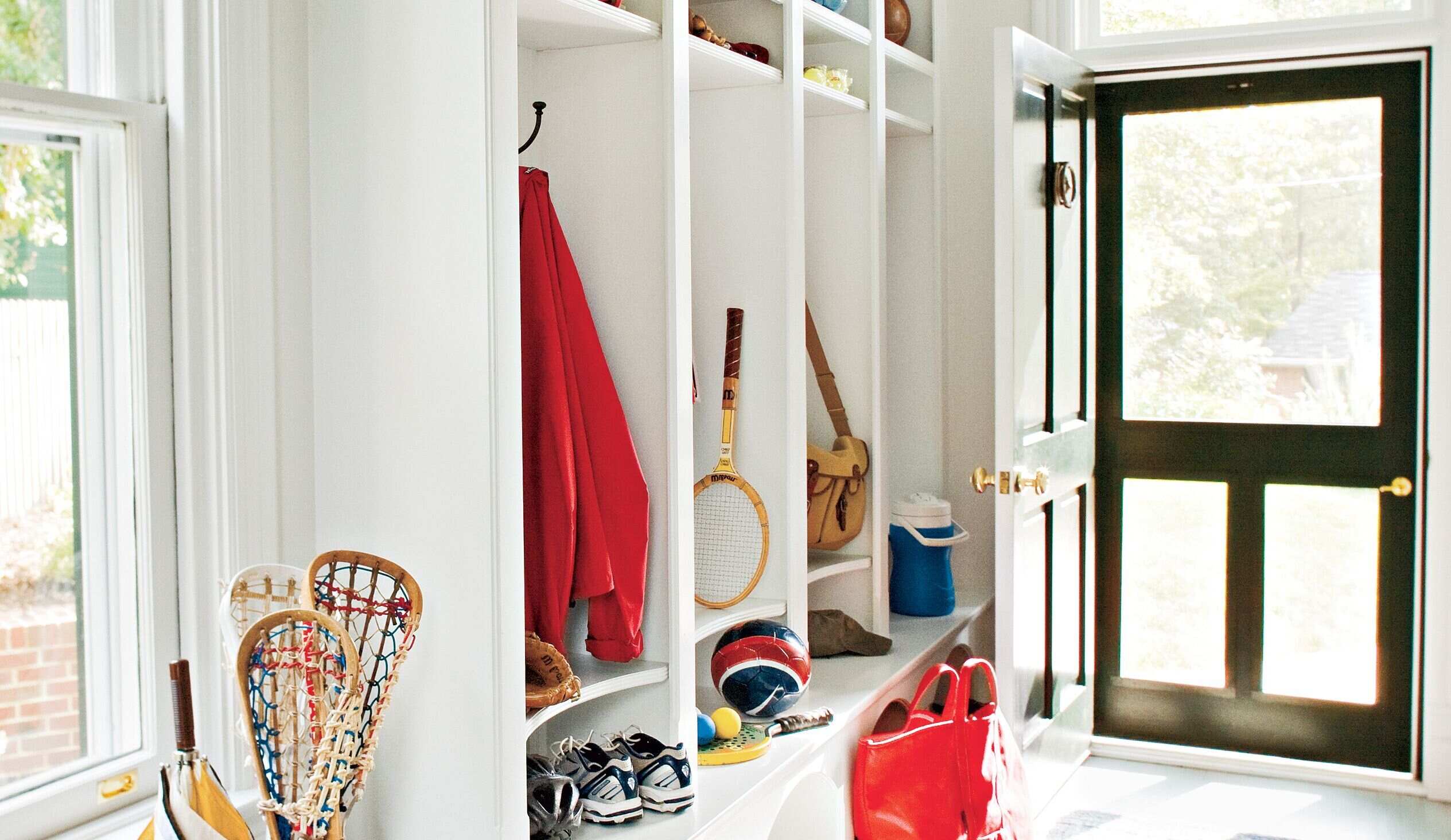
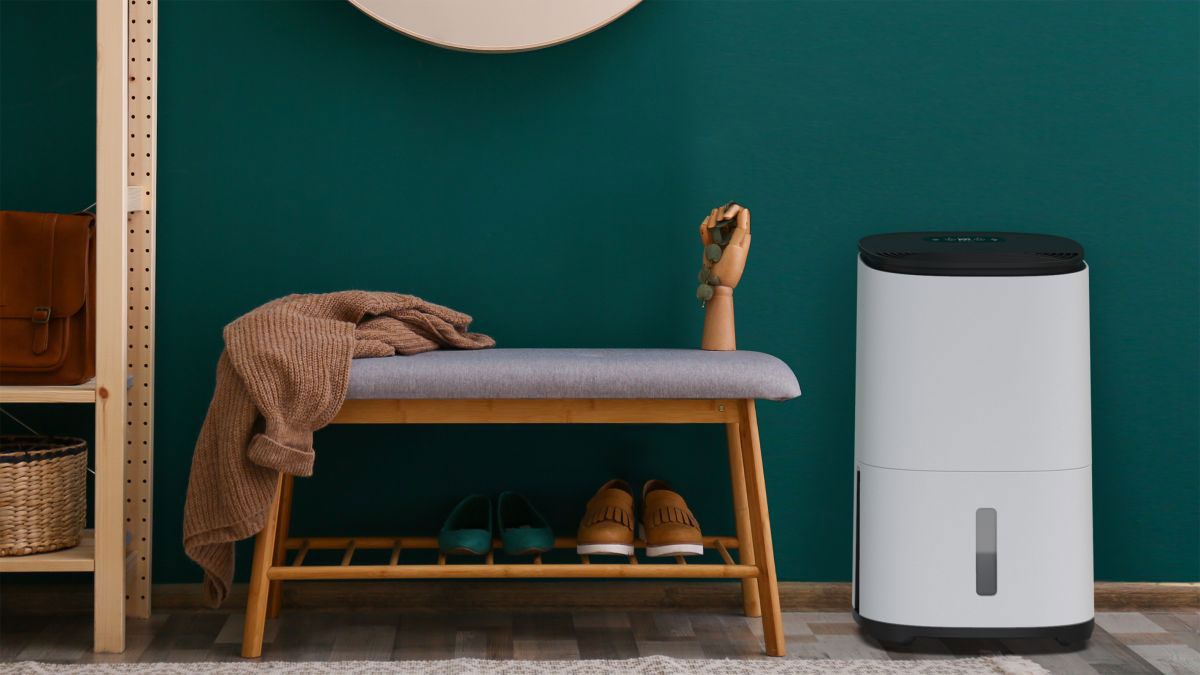
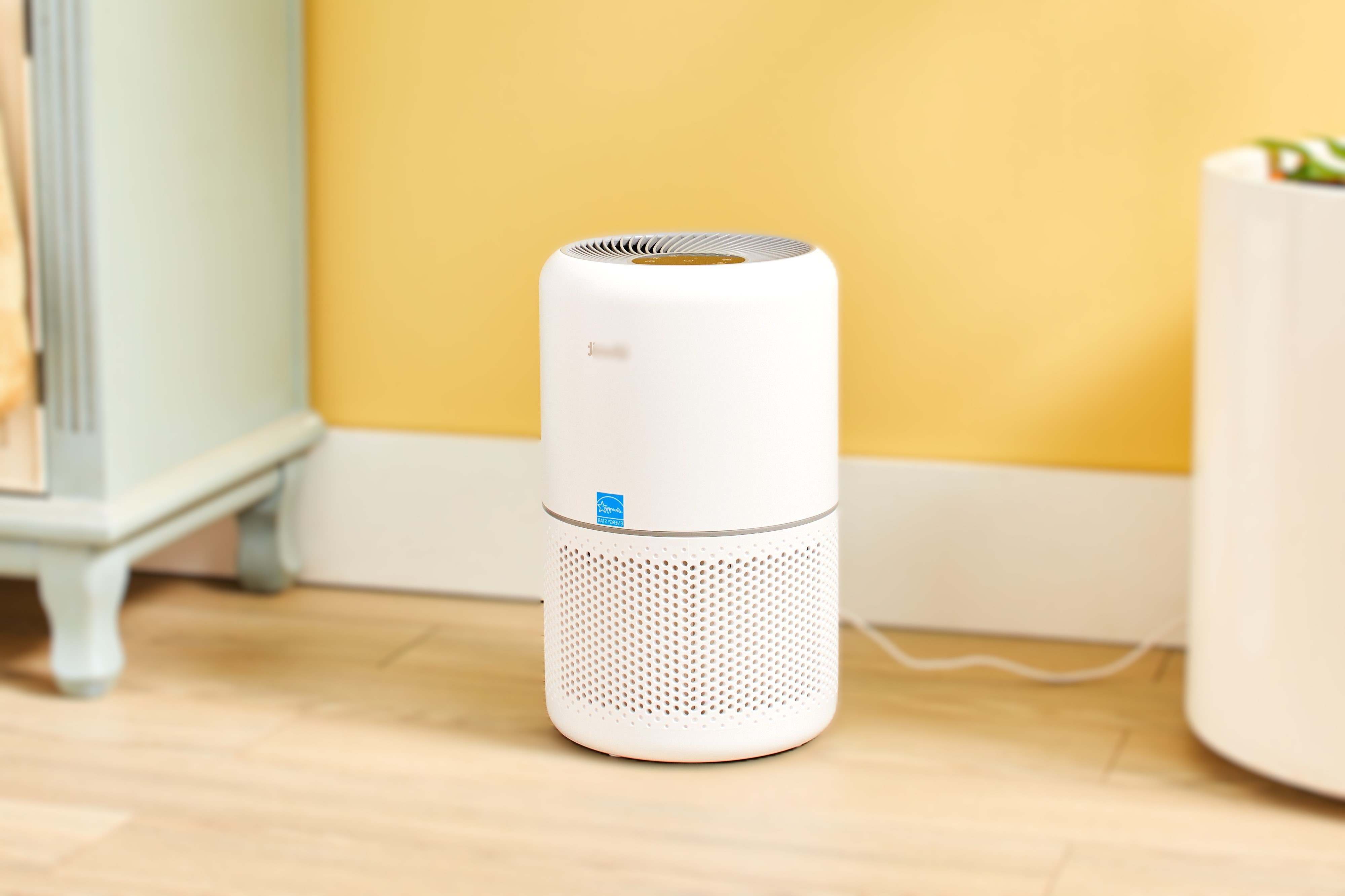
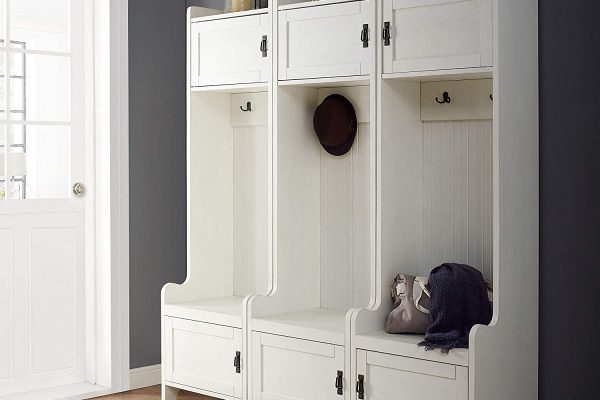
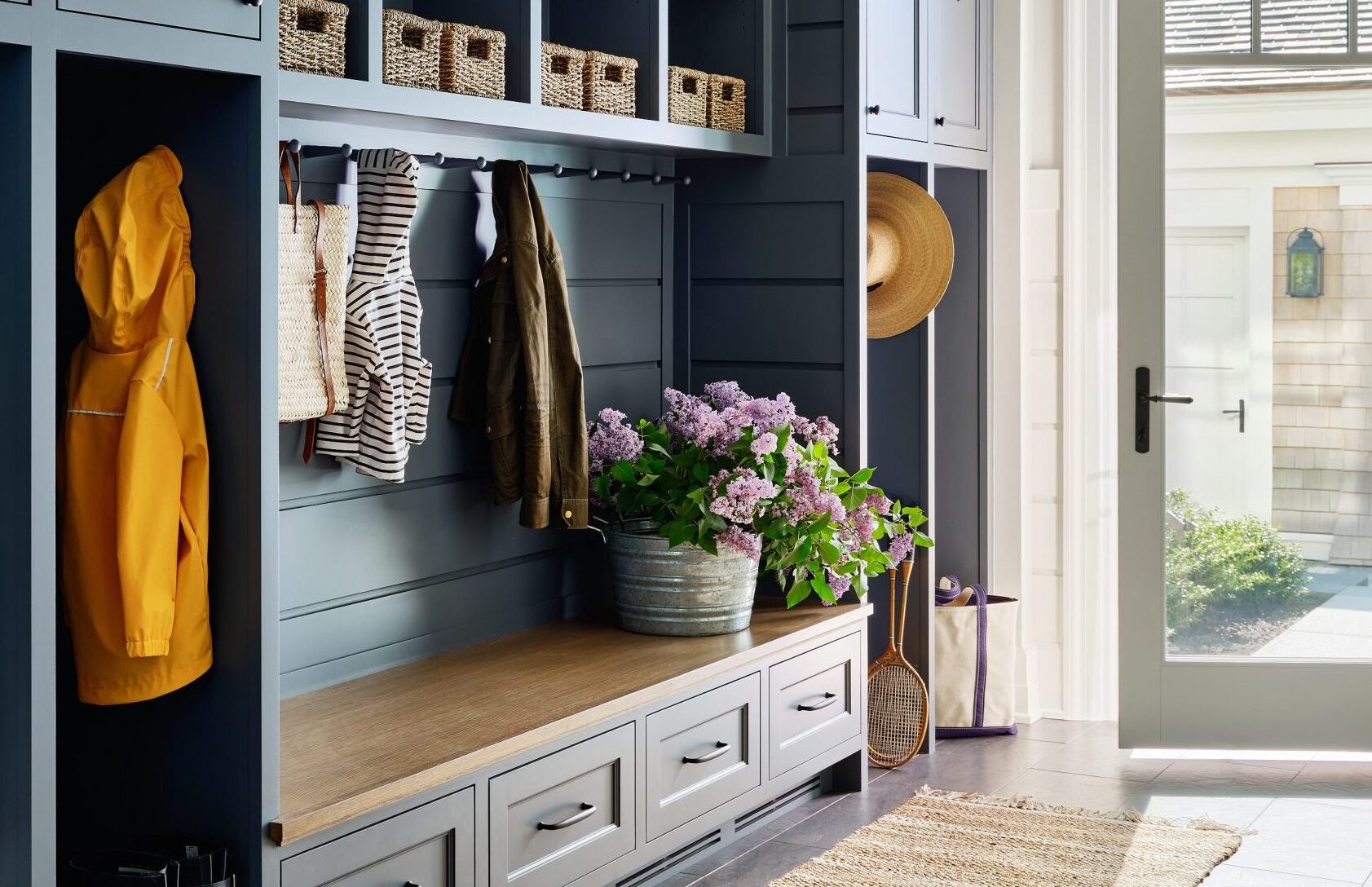
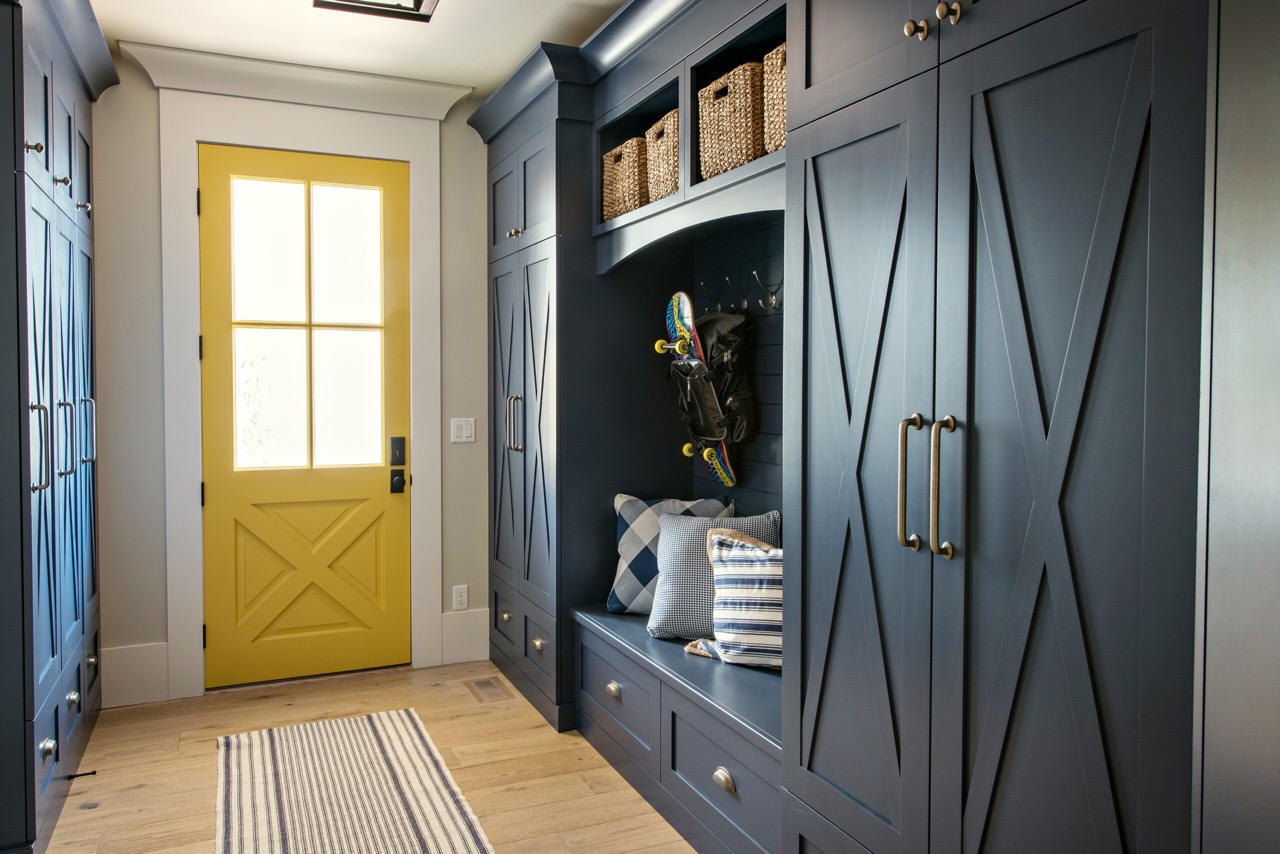
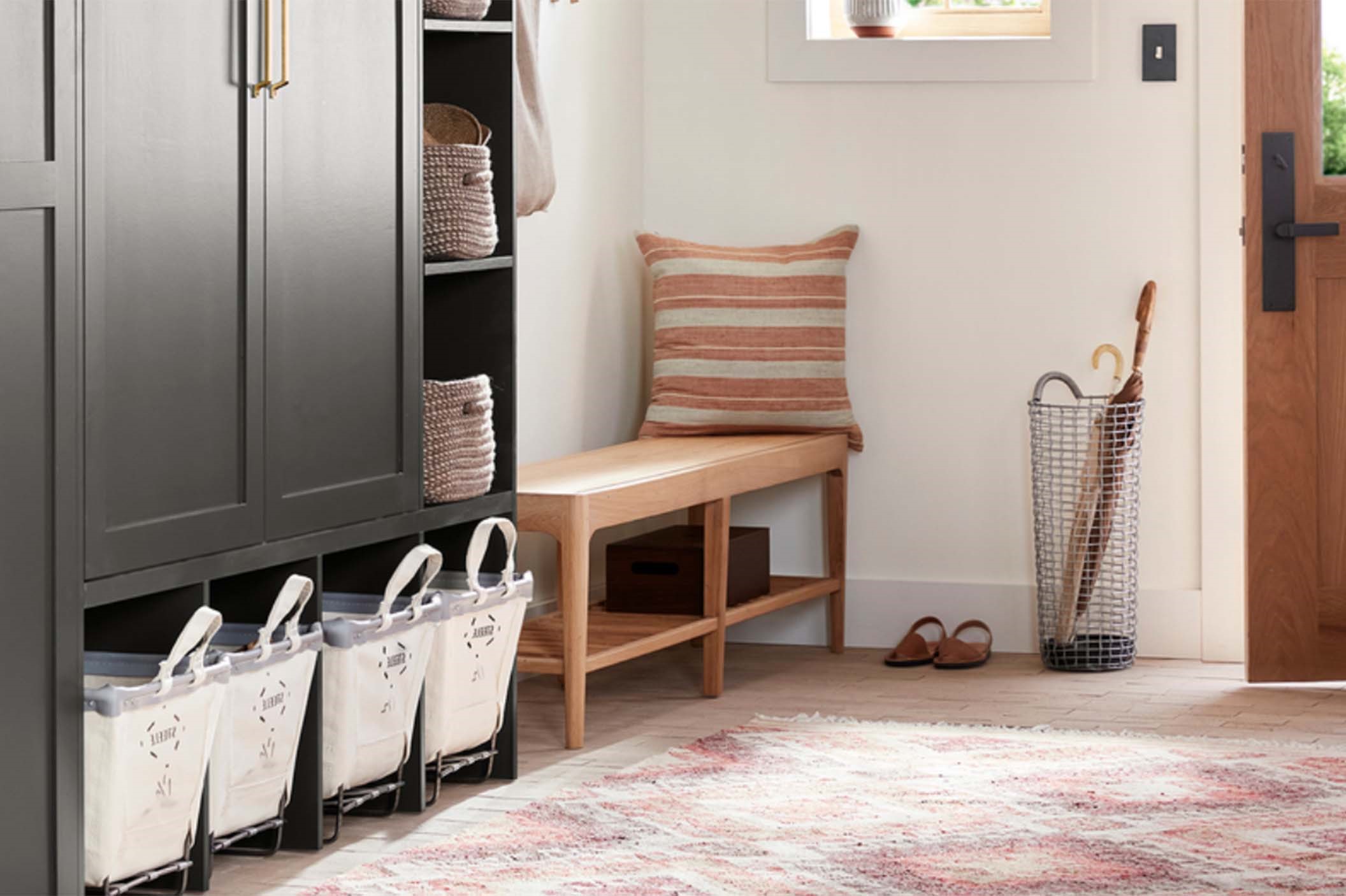
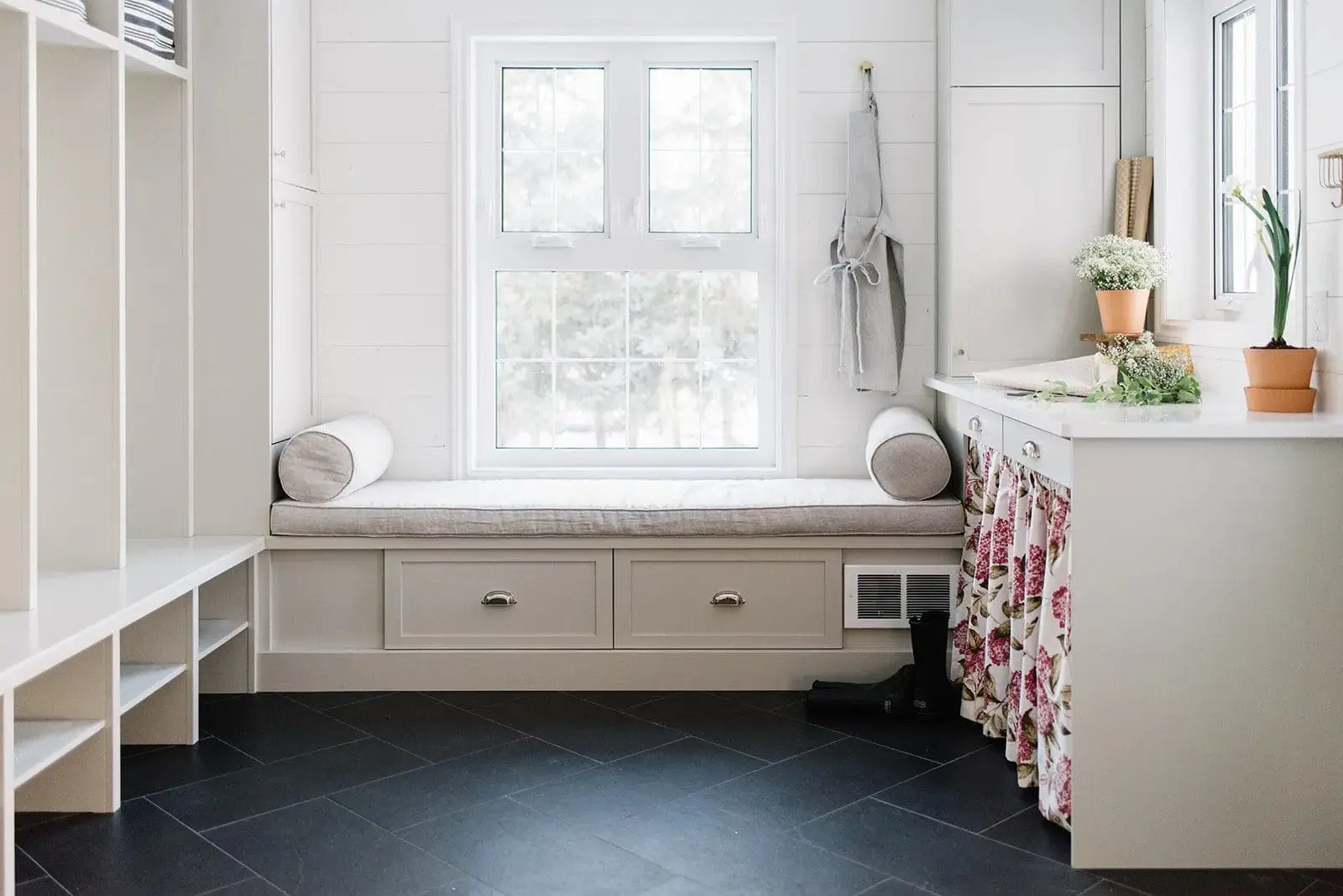
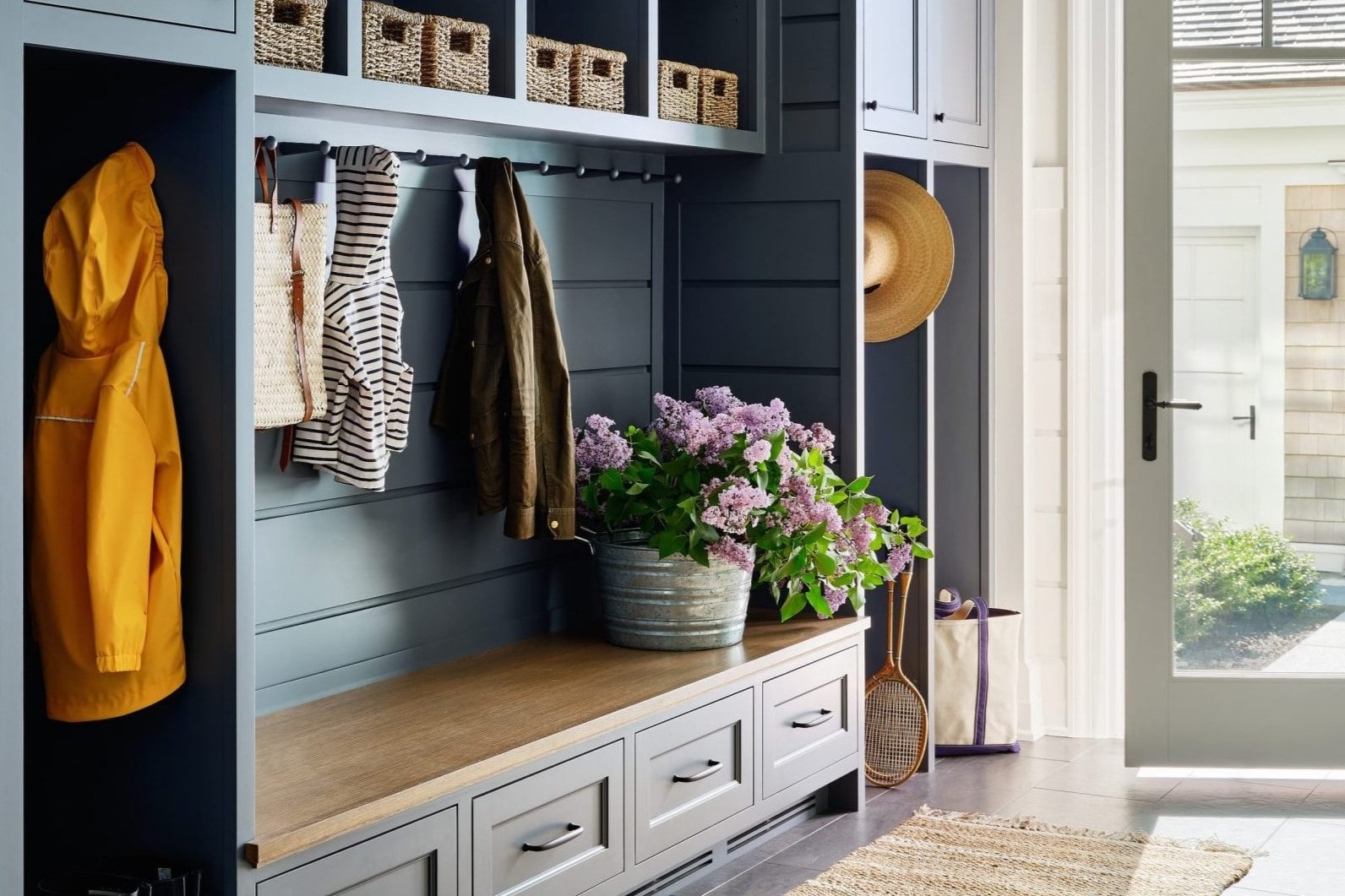
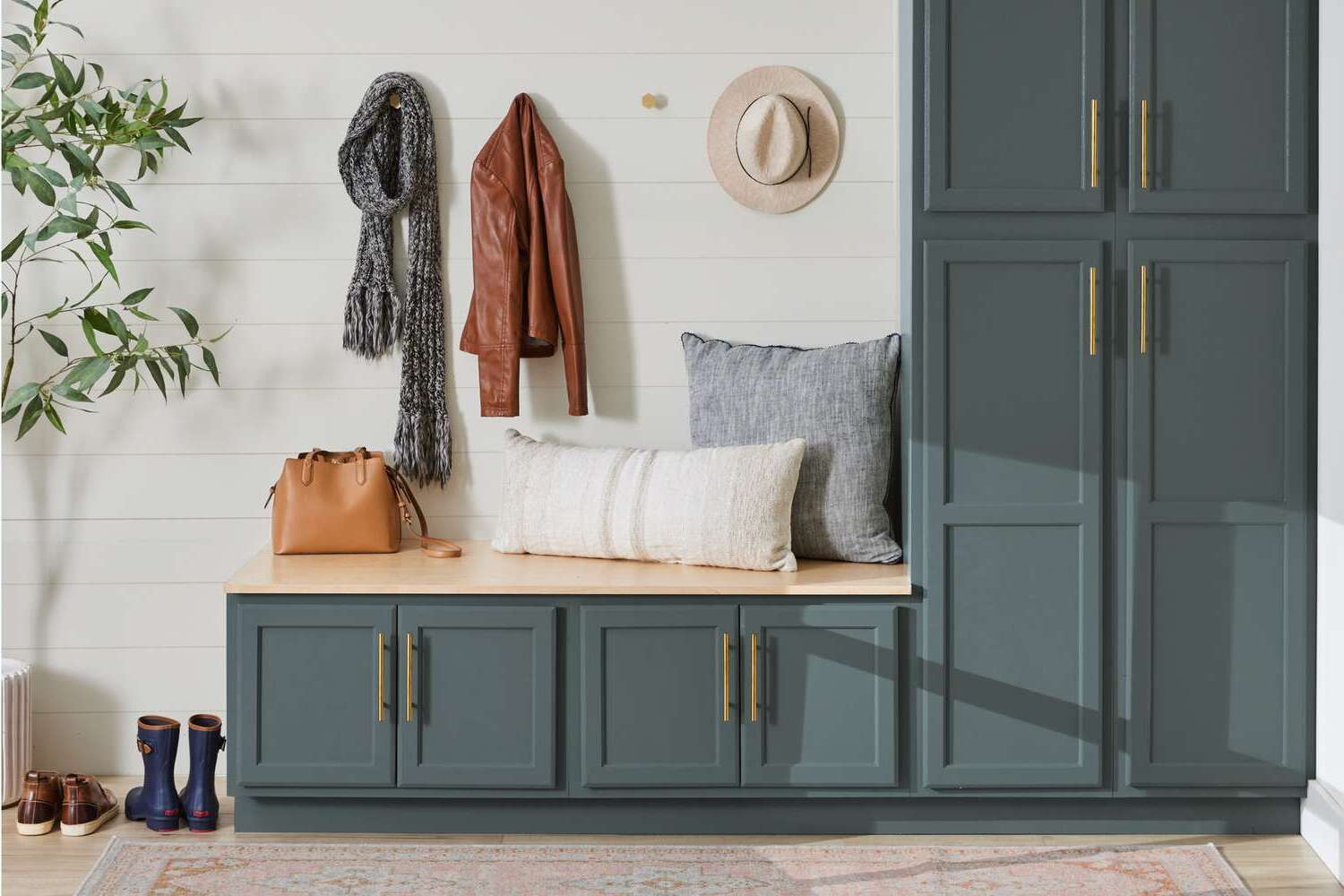
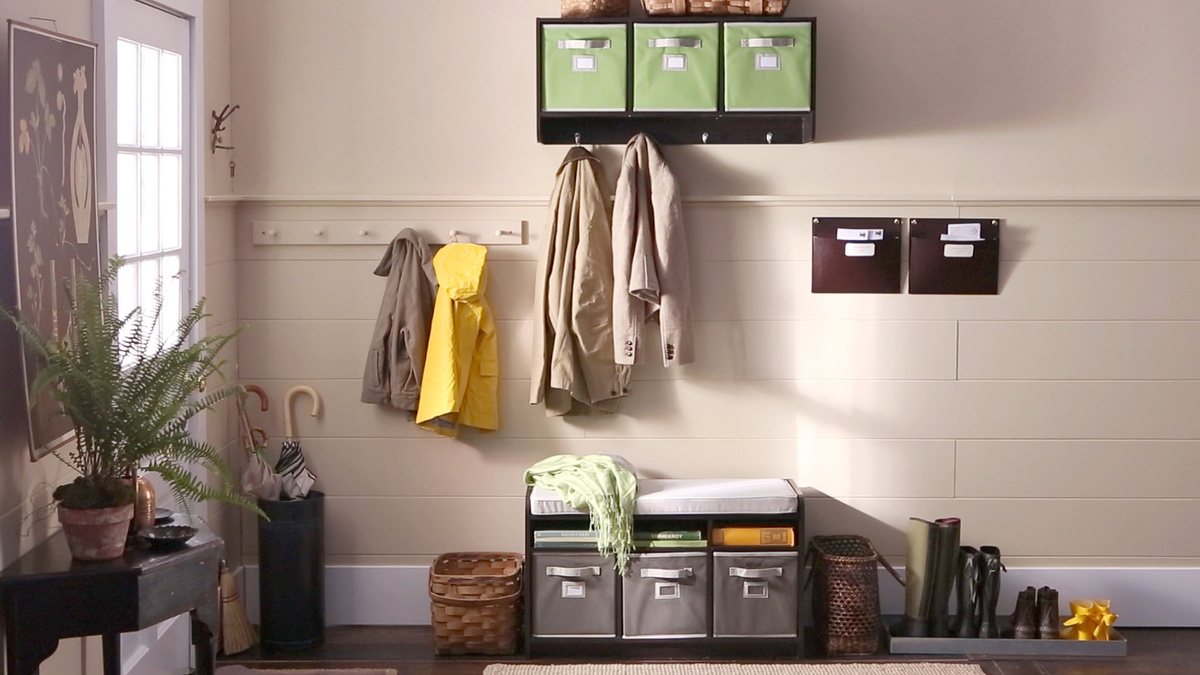
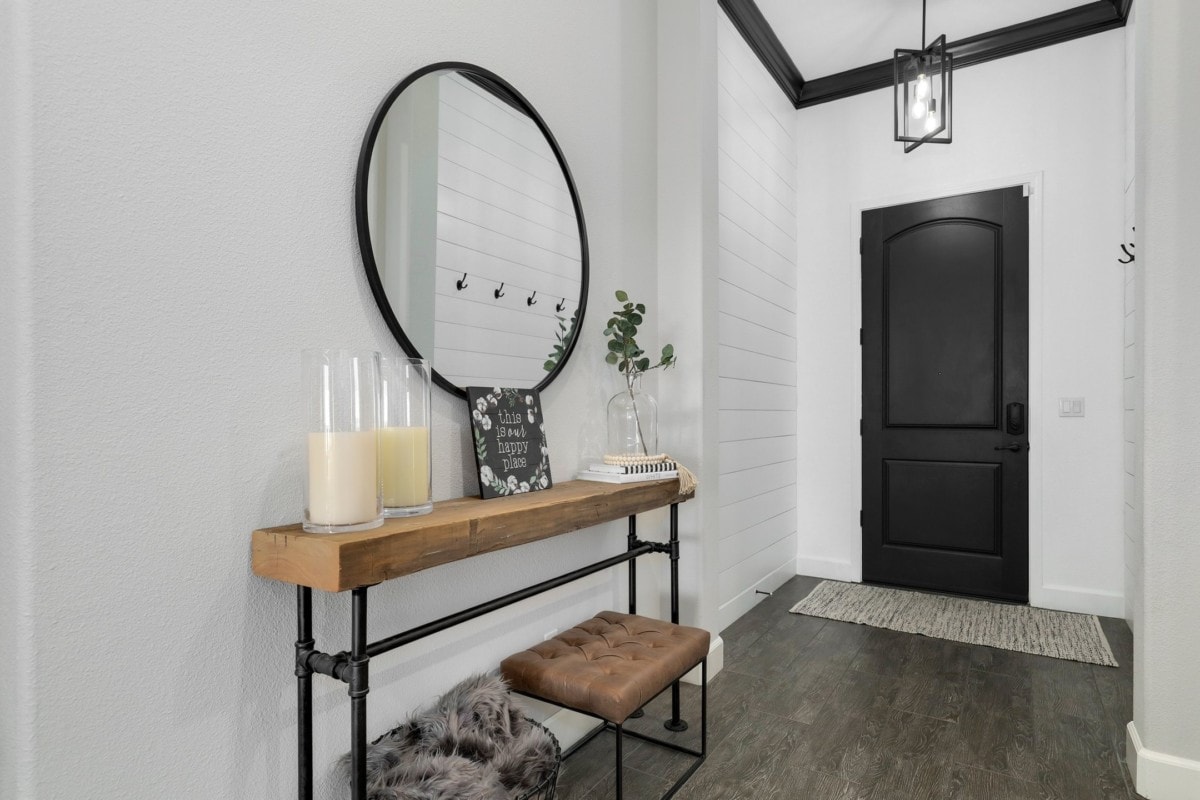
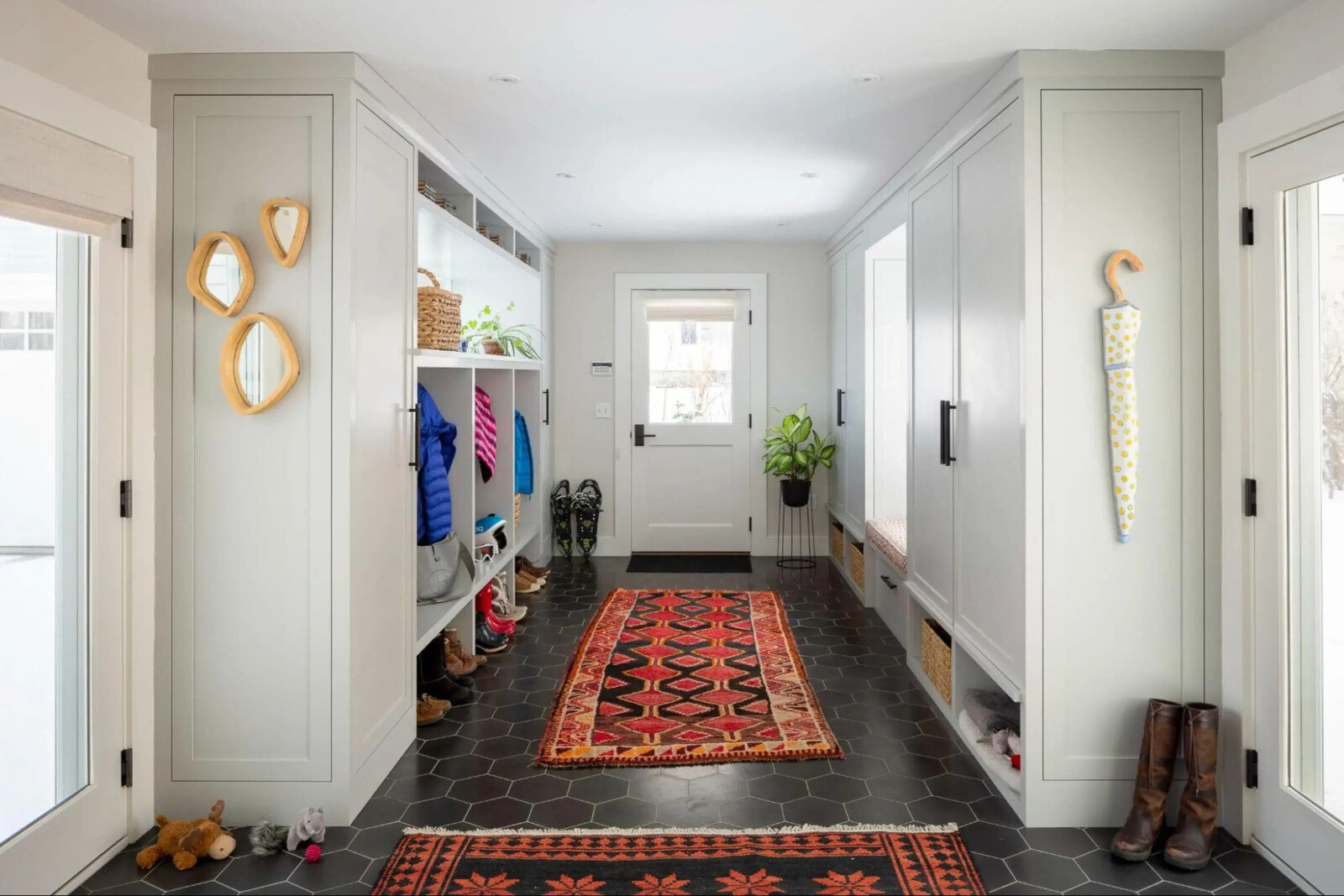
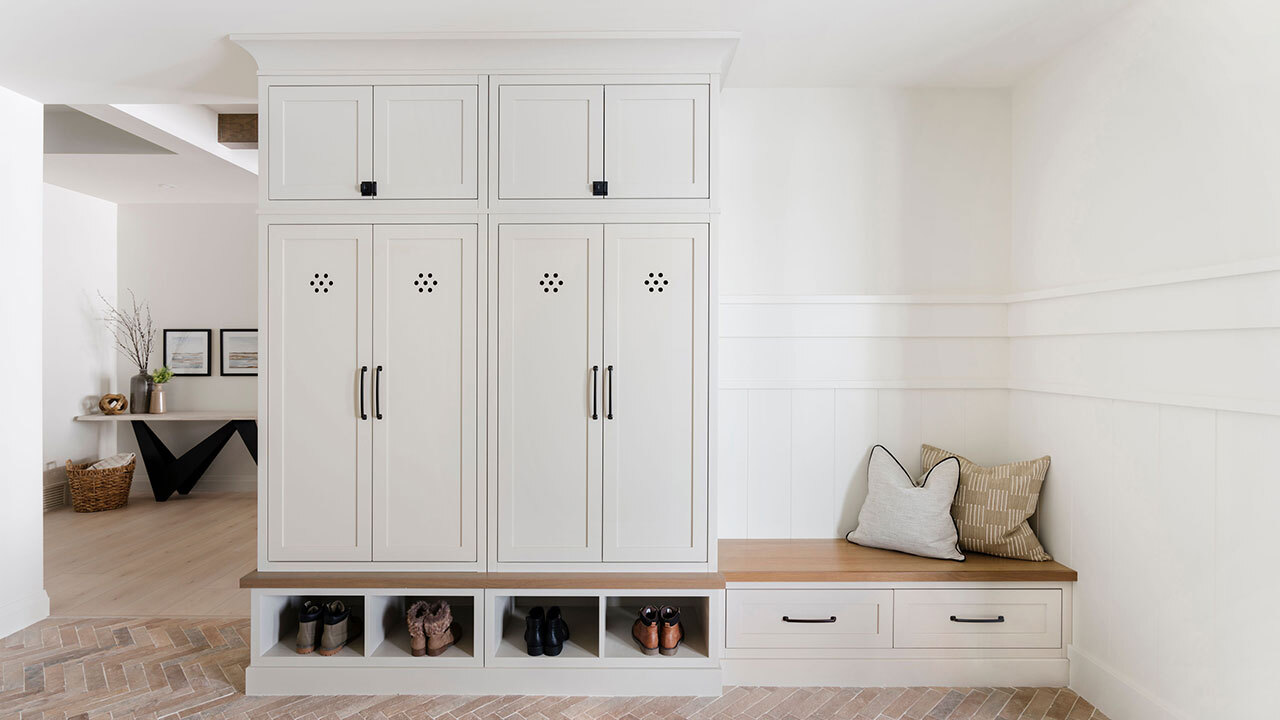

0 thoughts on “Organized Entryways With Mudroom Marvels”